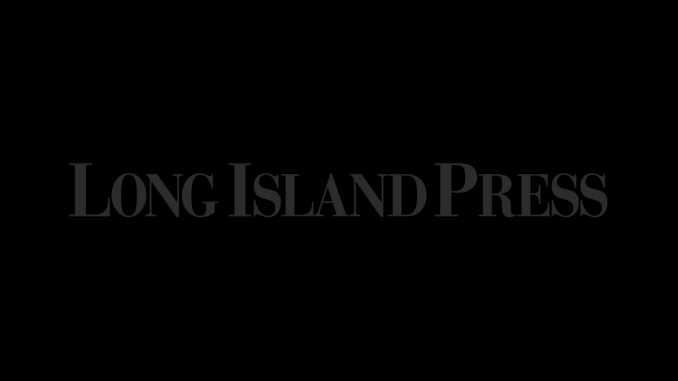
Saltwater intrusion poses a threat to Long Island’s sole source aquifer that provides drinking water for the region’s nearly 3 million residents, according to the Long Island Groundwater Sustainability Study.
Over-pumping, population growth, pollution and climate changes are major stressors to the aquifer and the region’s public water supply, found an eight-year study released in August.
That first phase studied western parts of the island, including Nassau County, Brooklyn and Queens. The second phase studying Suffolk County is expected to be complete next year, according to the state Department of Environmental Conservation.
“We’ve completed phase two drilling for the eastern part of the island, and we’re in the middle of updating our flow model for the eastern part of the island,” John Masterson, a U.S.Geological Service hydrologist and the associate director for science operations in the New York Science Center, said during a Dec. 4 presentation on the study. “We have a long-term program with the DEC to continue with this effort.”
During the presentation, hosted by the Long Island Regional Planning Council, the group presented a state-of-the-art groundwater model depicting Long Island’s sole source aquifer system – which provides over 400 million gallons per day of freshwater to more than 2.8 million residents.
The LIRPC heard the findings and progress of that Long Island Groundwater Sustainability Study, a collaborative effort between the USGS’ New York Water Science Center and the state DEC.
As part of that, Masterson explained they’re drilling additional wells with the aim of updating the model.
The objectives, he said, are to “improve the current understanding of the regional framework, use that information to develop a regional groundwater model,” adding that the last time USGS was involved in an effort like this one was nearly 40 years ago.
“It was a lot of information that needed to be synthesized and organized into this new model,” he said, further adding that, “we developed the model, and we provide the hydrologic information needed to help inform regional water management decisions, whether it be regulatory or for individual water suppliers to utilize this tool.”
The presentation will be posted to the planning council’s website for public access.
Read More: $1.75 million to combat 1,4 dioxane, hazardous chemical in drinking water

